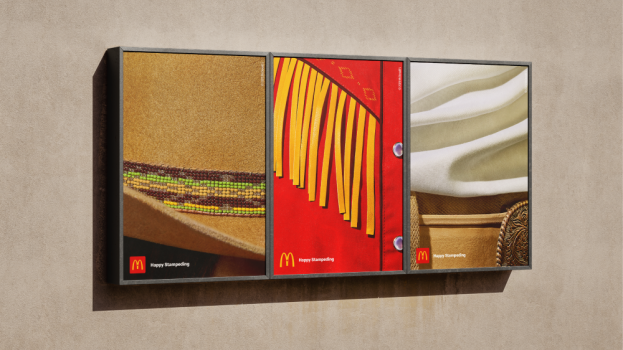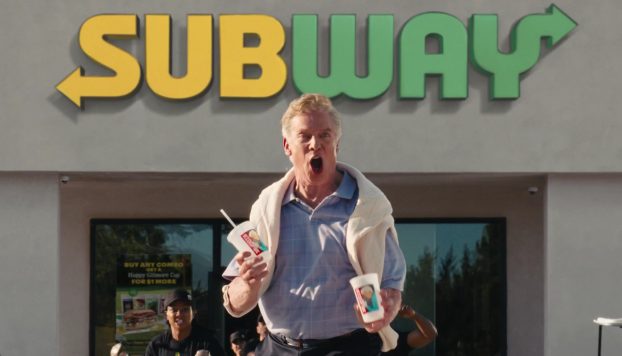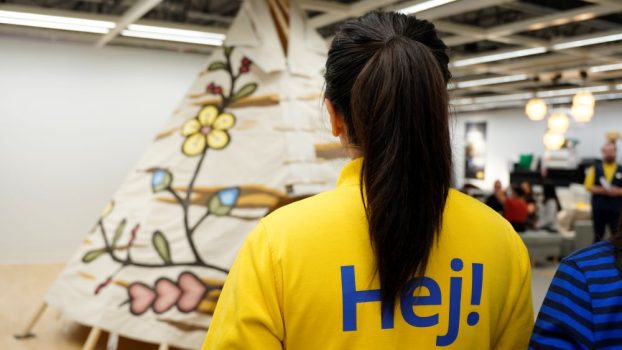 Consumption of seafood remains flat, but there are opportunities for different product formats, emphasizing ease-of-prep and capitalizing on the goodwill toward local providers post-COVID.
Consumption of seafood remains flat, but there are opportunities for different product formats, emphasizing ease-of-prep and capitalizing on the goodwill toward local providers post-COVID.
According to Jo-Ann McArthur, founder and president of Nourish Food Marketing, less than 30% of seafood consumed in Canada is actually Canadian. If they are part of that minority, brands need to tell the story of Canadian seafood and instill pride in consumers so that they “buy Canadian” first, and also to make the case that it’s not only a healthy protein, but also one that is a more climate-friendly option.
And McArthur tells strategy that while baby boomers are “all in” with seafood, when it comes to the younger set, they’re simply not as familiar with how to prepare the protein, as it’s not a ubiquitous protein like chicken or beef. The key challenge appears to be making seafood more simple in order to get into people’s grocery lists and meal rotations.
That’s where Lagoon Seafood, and its primarily frozen product offering with brands like Blue Tide, can come in.
The 29-year-old company, a market leader in the Quebec seafood sector, has embarked on a marketing and sales push in Ontario and Western Canada, led in part by Torchia PR.
“Even before COVID, we saw a trend that people are willing to buy premium, local products,” says Michael Cheaib, business resource manager at Lagoon Seafood.
For Blue Tide, Cheaib says it’s going for simpler packaging with local callouts whenever possible. It’s also looking to innovate with easier-to-open packaging.
According to Cheaib, the category is not just fish sticks or breaded products anymore, and reflects people enjoying simple, yet more refined items, with a lot of ready-to-eat and raw products picking up steam. He reports Lagoon is seeing high demand for its value-added items in frozen, such as seasoned salmon tartare, bacon scallops, and salmon and tuna sashimi slices.
According to Cheaib, Lagoon is looking to introduce a wider array of tartares into the market, but is still in the testing phase.
A topline list of seafood attributes Canadians look for include price, easy prep with clear instructions, no additives/preservatives, wild caught, larger serving size, says Joel Gregoire, Mintel Canada’s associate director – food and drink.
According to Gregoire, packaged, frozen seafood speaks better to the “ease of prep” value proposition than fresh, even though they’re purchased in equal measure format-wise: Canadians who eat seafood are just as likely to eat “frozen” as they are “fresh” – 66% vs 65%, respectively.
“I would imagine this is an opportunity for seafood. I’ve seen a rise in the number of meat delivery services (eg Butcher’s Box among others), which delivers high-quality, fresh meat,” Gregoire says. “Seafood could certainly benefit from this as well (and it may be already). According to Gregoire, step-by-step preparation instructions will also helpful for seafood, as found in meal kits, given that many consumers are less confident in their seafood cooking abilities than they are when it comes to meat.

























